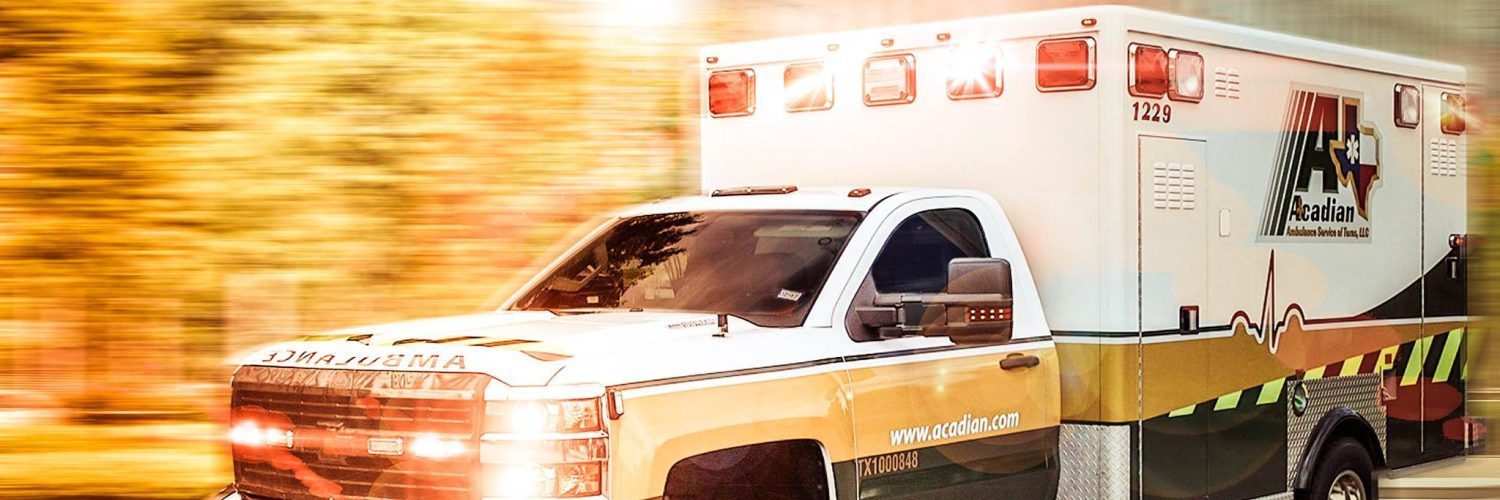Instructions – Physician’s Certification Statement (PCS)
When is the PCS required?
The PCS is required for all Medicare non-emergency transfers. Its purpose is to certify the medical necessity of non-emergency ambulance transportation. The presence of the signed physician certification statement does not, by itself, demonstrate that the transport was medically necessary and does not absolve the ambulance provider from meeting all other coverage documentation criteria. Ambulance copany employees are not allowed to fill out this form. PCS must be completed before transport can be provided.
It is important to note that the presence (or absence) of a physician’s order (PCS Form) for a transport by ambulance does not necessarily prove (or disprove) whether the transport was medically necessary.
Authorized Signature Required
All PCS forms for all patients require a physician’s signature. The only acceptable alternatives to a physician’s signature are signatures of a Physician’s Assistant, Registered Nurse Practitioner, Registered Nurse, and Certified Nursing Specialist a Discharge Planner or a resident at a teaching hospital.
Definitions:
- Medical Necessity: Medicare covers ambulance services if they are furnished to a beneficiary, whose medical conditions such that other means of transportation would be contraindicated, Lack of alternate transportation does not create a medical necessity for ambulance services. In addition, for non-emergency ambulance transportation, the definition of bed confined (see below) must be met to ensure that ambulance transportation is medically necessary.
- Bed Confined: All three must be met before a patient is bed confined; however, bed confinement is not the sole determinate of medical necessity.
- The beneficiary is unable to get up from bed without assistance; and
- The beneficiary is unable to ambulate; and
- The beneficiary is unable to sit in a chair, or a wheelchair
CMS recognizes that it is standard and accepted medical practice in both hospitals and nursing homes to take steps to ensure that beneficiaries are up and out of bed as often as their condition permits. Such beneficiaries are not bed-confined.
It is incumbent upon health care professionals responsible for the care of individual beneficiaries to determine what is safe for those beneficiaries. If it is determined that it is unsafe for a particular beneficiary to be unmonitored during transport, then the documentation submitted for that particular transport should support the need for ambulance transportation. The carrier in processing the claim will consider that documentation.
PCS Form for Repetitive Patients (ESRD, Wound Care)
